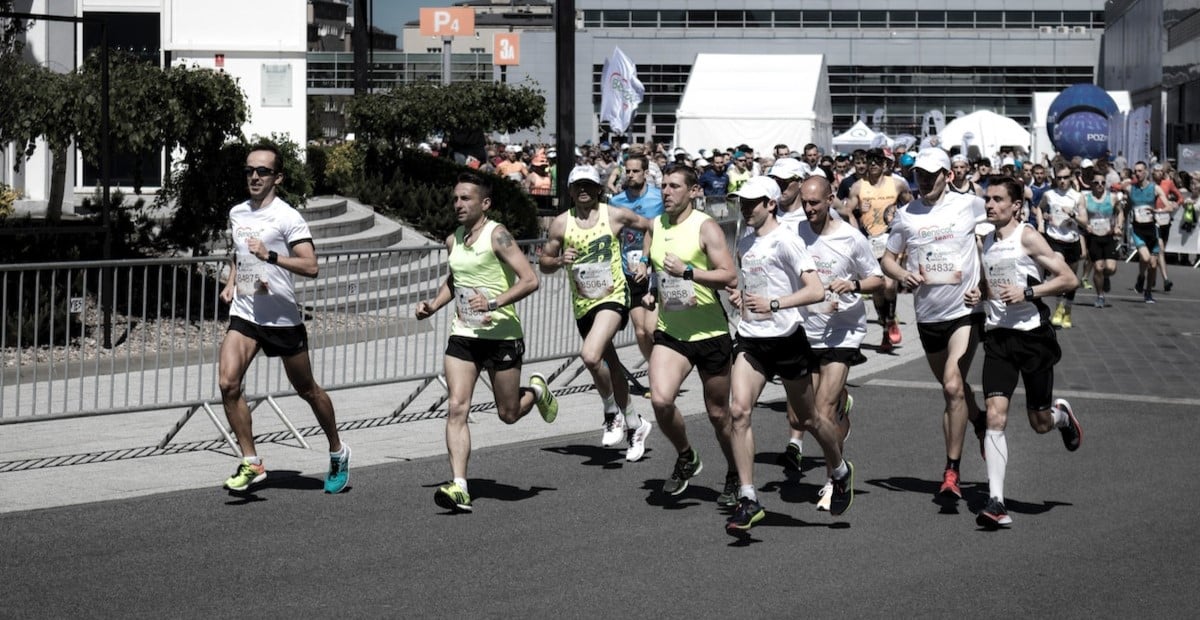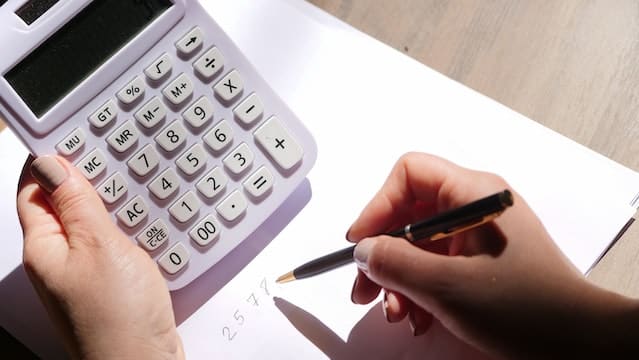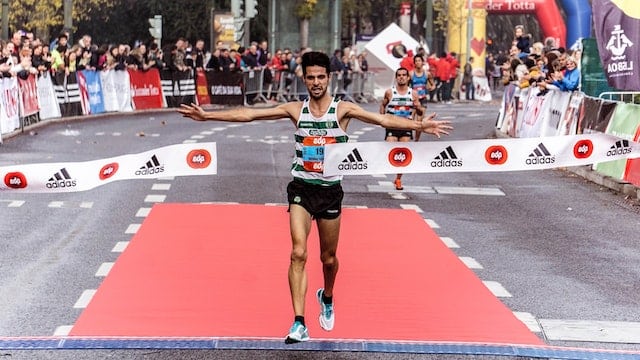
Contents
Using half marathon pace techniques to find that goal pace, go the half marathon distance, and up your running game
Rhythm is everything. From your sleeping routine to your breathing patterns, timing can be the difference between you showing up and missing out. Running is essentially both a race against the clock and a race against yourself; the biggest competitor of all is your own potential downfalls.
When it comes to beating your goals, overcoming your own hurdles and developing your fitness lifestyle, it’s always good to push those boundaries. Challenging yourself with hardy tasks will always empower you to overcome them. One of those tasks? Well, if you’re a runner, then upping your distance and achieving new mileage is only ever a great aim.
Today, we’re looking specifically at a goal half marathon pace to beat the challenge of crossing that new distance finish line.
Let’s run through it.
Using calculations
Maths, numbers, sums – they’re all things we may have jumped with joy in avoiding after school, but in reality, they’re incredibly useful…
… especially when it comes to fitness.
If you want to be precise with pacing, then there’s no reason you shouldn’t use precision to get there. All you need to do (you following?) is insert your last race time into a distance calculator, and it will predict your time for any distance (check it out here).
Pace calculators are pretty commonplace these days, but it’s good to try out a few different ones and see how they factor in prediction parameters.
In fact, head over to McMillan Running to see more aspects of calculating time and distance!
Goal pace workouts
McMillan Running writes, ”Getting a rough idea of what pace is possible is step one, but I then recommend athletes do a series of goal pace workouts across their training plan to really dial in whether the predicted pace is doable or not (and, if not, figure out what pace is more doable).”
So, whether you want to go at the average, or normal half-marathon pace, or slower than your goal pace on the day, it’s good to try out different paces. In essence, while there are many different iterations of this process, you should run at the same pace you intend to for your marathon but make sure to take breaks every few miles. Naturally, you’ll find those breaks being needed less and less.
Refining your downsides
Trimming the fat is a pretty tedious process. Refining detail down, any detail you hold in very low regard and high frustration, is always going to be difficult. However, if you don’t want to run that same mile slower or the second half with an injury, then your race pace requires detailed improvements.
McMillan (again) suggests the following –
- Fading late in the race? Do more volume (higher mileage and/or run more days per week) and progression runs (finishing faster than you started).
- Does half-marathon pace feel fast? Do more speed work to make goal pace feel easier.
- Have a hard time staying on pace? Do more goal-pace running.
- Legs fatigued, sore, cramping later in the race? Do more uphill and downhill training, longer long runs and strength training to build stronger legs.


Conclusion
So, with a solid pacing strategy made up of half marathon pacing techniques and a stronger mental state than most runners… what else is left to do?
You could add variety to your routines after a few weeks, trying exercises like negative splits or working on more energy through the race.
FAQs
Is race performance guaranteed if I train hard?
Anything can happen but training hard (and smart!) will certainly guarantee the best odds of optimised performances.
What if I’m not 100% on race day?
If you’re not 100% but still want to run, then maybe look to run the race slightly slower – i.e. run a patient and conservative race.